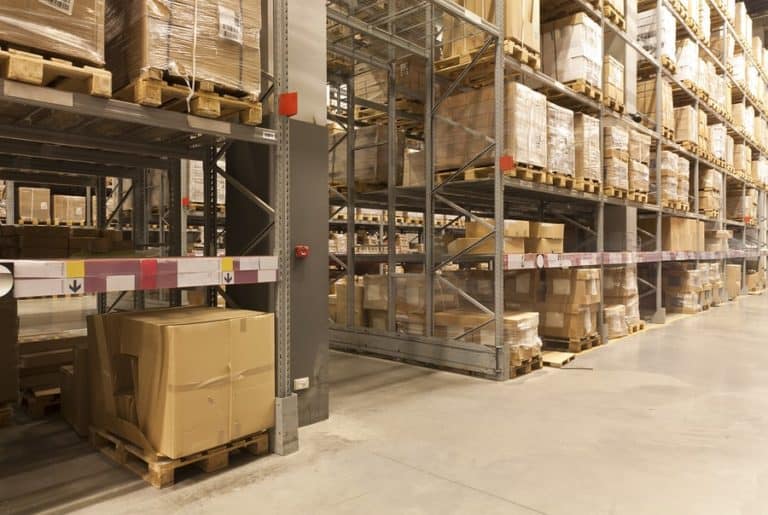A fulfilment center plays a critical role in global e-commerce, ensuring products move efficiently from warehouse to customer. Choosing the right fulfilment center for global shipping requires understanding key factors such as location, shipping speed, technology, and cost-effectiveness. Businesses must analyze operational efficiency, integration capabilities, and scalability to meet international demand without delays or excessive costs.
Location and Geographic Reach Matter
Selecting a fulfilment center with strategic locations reduces shipping times and costs. Centers close to major shipping hubs, ports, or airports allow faster order processing and delivery. Businesses targeting multiple countries should consider fulfilment centers with a strong global network, reducing transit times while ensuring compliance with regional import regulations.
- Proximity to Customers – Reduces delivery time and enhances customer satisfaction.
- Access to Major Carriers – Lowers shipping costs through competitive rates.
- Multi-Warehouse Distribution – Enables orders to be shipped from the closest fulfilment center, reducing delays.

Shipping Speed and Carrier Partnerships
Speed is a top priority for global e-commerce. A fulfilment center must have established partnerships with reliable shipping carriers to ensure fast, cost-effective international delivery. Businesses should check whether the fulfilment center offers:
- Same-Day or Next-Day Shipping – Essential for competitive markets.
- Multiple Carrier Options – Allows flexibility in cost and transit time.
- Customs Clearance Support – Minimizes international shipping disruptions.
Choosing a fulfilment center with experience in international shipping ensures that packages clear customs smoothly without delays.
Scalability and Volume Handling
A fulfilment center should accommodate business growth and seasonal demand fluctuations. Storage capacity, workforce efficiency, and automated systems must be able to scale up as order volumes increase.
- Flexible Storage Solutions – Adapts to fluctuating inventory levels.
- Peak Season Readiness – Prevents delays during high-demand periods.
- Automated Sorting and Packing – Enhances order accuracy and fulfillment speed.
Companies planning global expansion should ensure the fulfilment center can handle increasing order volumes while maintaining service quality.
Technology and Integration Capabilities
Modern fulfilment centers use advanced technology to optimize operations. A center should provide seamless integration with e-commerce platforms, real-time inventory tracking, and automated order processing.
- API Integration with Marketplaces – Ensures smooth data transfer for order processing.
- Real-Time Inventory Management – Prevents stockouts and improves demand forecasting.
- Automated Pick-and-Pack Systems – Reduces human errors and accelerates order fulfillment.
A fulfilment center with AI-driven logistics, predictive analytics, and automation enhances operational efficiency and ensures a seamless supply chain.
Cost Structure and Transparency
Understanding the cost structure of a fulfilment center is crucial for maintaining profitability. Businesses should compare pricing models to ensure there are no hidden fees.
- Storage Fees – Monthly charges based on inventory space usage.
- Pick and Pack Fees – Costs for handling, packing, and preparing shipments.
- Shipping Costs – Carrier rates and delivery fees for different regions.
- Customs Duties and Taxes – Fees for international shipments.
A cost-effective fulfilment center offers transparent pricing, competitive shipping rates, and optimized logistics to reduce unnecessary expenses.
Returns Management and Customer Support
Handling returns efficiently is a key aspect of global shipping. A fulfilment center must have a structured returns process to manage refunds, exchanges, and damaged goods.
- Reverse Logistics System – Streamlines the return and restocking process.
- Multi-Country Return Options – Provides localized return addresses for international customers.
- Customer Support Integration – Ensures seamless issue resolution.
A fulfilment center with a strong returns management system improves customer satisfaction and brand loyalty.
Compliance and Security Standards
International shipping involves compliance with import/export regulations, data protection, and warehouse security. A fulfilment center should adhere to:
- Global Trade Regulations – Ensures smooth customs clearance.
- Data Security Compliance – Protects customer information and order details.
- Warehouse Security Measures – Prevents theft, fraud, and damages.
Businesses must verify that their chosen fulfilment center follows international standards and best practices to maintain compliance.
Customization and Branding Options
Brand presentation is essential for customer experience. A fulfilment center that offers customized packaging, branded inserts, and personalized messaging enhances brand recognition.
- Branded Packaging Options – Strengthens brand identity.
- Custom Inserts and Gift Messages – Enhances the unboxing experience.
- Eco-Friendly Packaging Alternatives – Appeals to sustainability-conscious consumers.
A fulfilment center with customization options helps businesses differentiate themselves in competitive markets.
Selecting the Right Fulfilment Center for Global Shipping
Choosing the right fulfilment center requires evaluating all operational aspects, including location, scalability, technology, cost, and compliance. A well-structured fulfilment center improves shipping efficiency, reduces costs, and enhances customer satisfaction. Businesses should prioritize centers with strategic global reach, real-time tracking, and seamless e-commerce integration to support long-term growth.
